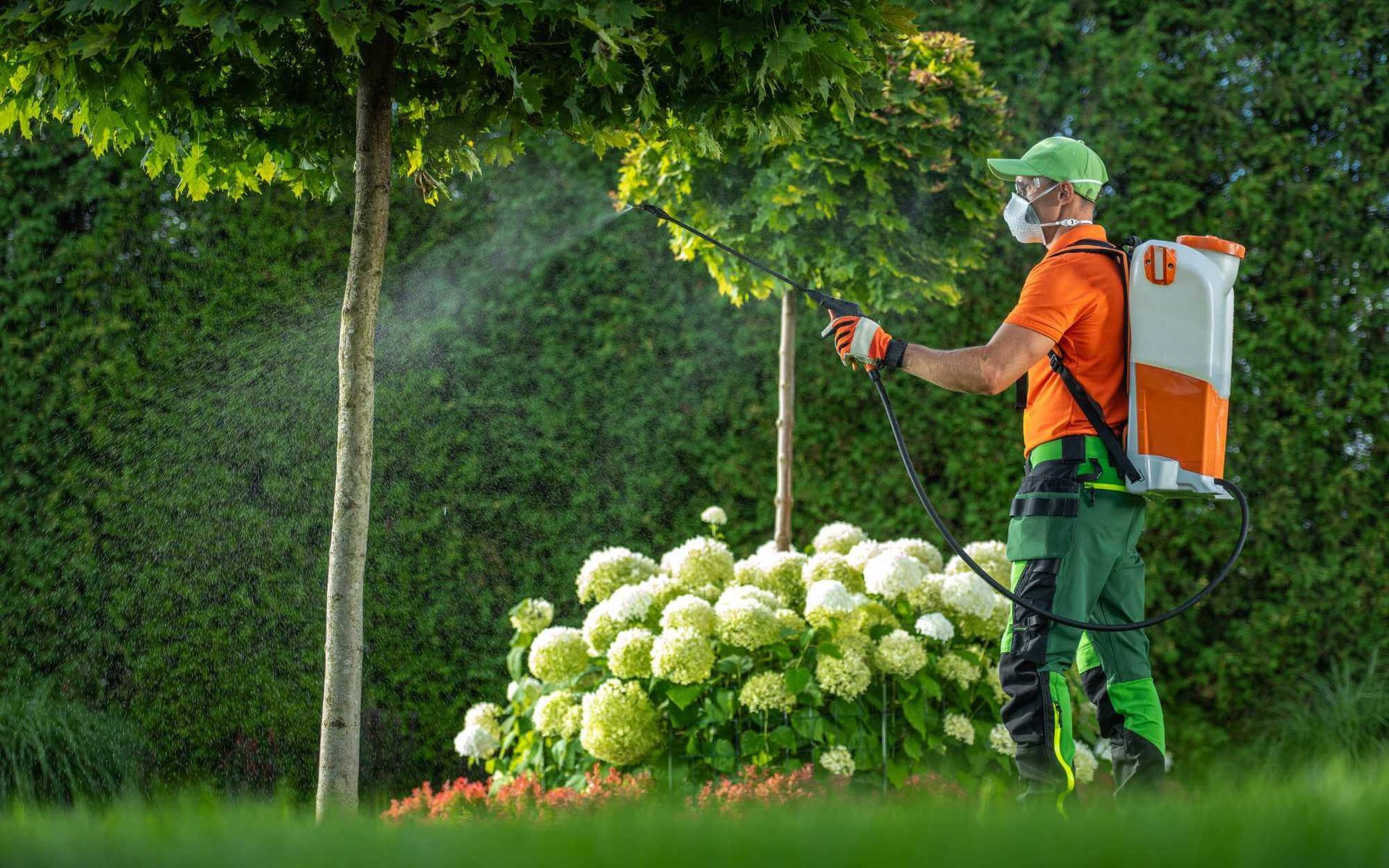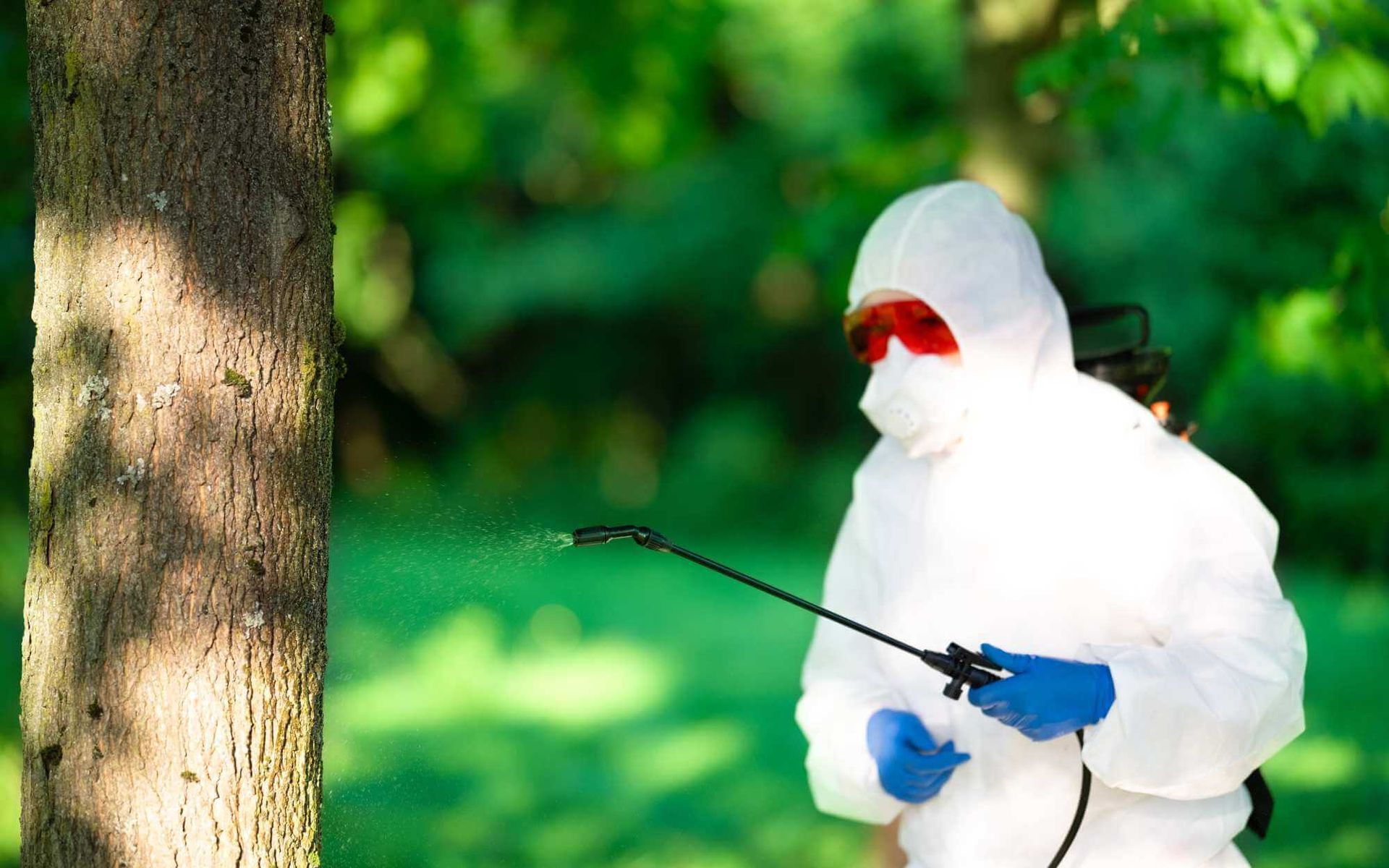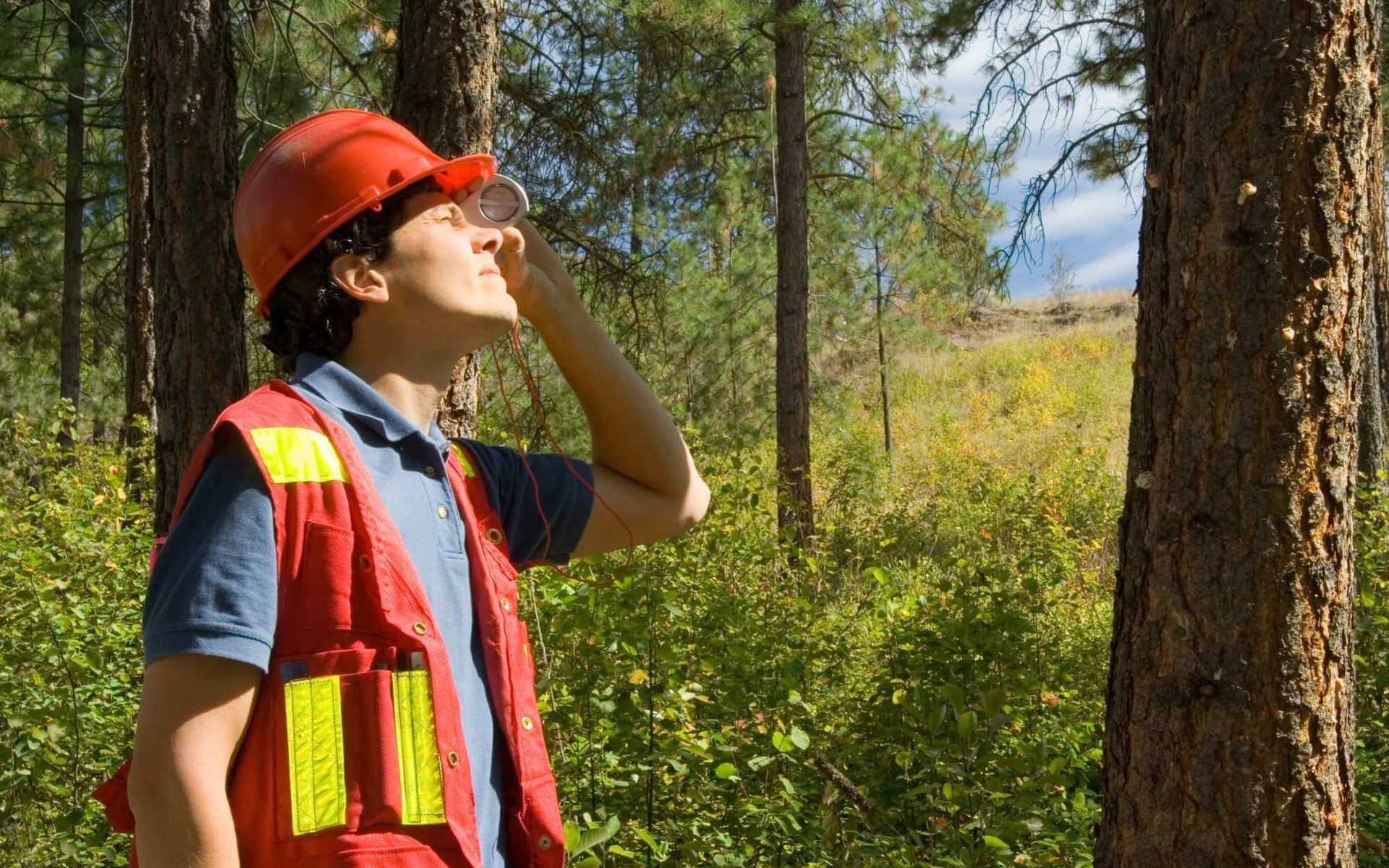A Pro's Approach: Expert Tree Insect and Disease Management
PUBLISHED ON
SHARE THIS ARTICLE

Today, we'll delve into the intricate world of tree health, a critical component of our natural ecosystems and urban landscapes.
Like any living organism, trees can be susceptible to many diseases and insect infestations, both of which can seriously impact their health, vigor, and longevity. In turn, this affects the balance of our environment and the aesthetic beauty of our surroundings.
But fear not, our arborists are here to provide insight and advice gleaned from years of professional experience in
tree and shrub insect and disease management. We're committed to sharing our knowledge so that you can better understand, prevent, and manage these issues, ensuring that our cherished green giants continue to thrive for generations to come.
Tree Insects and Diseases
Common tree insects include Emerald Ash Borers, Japanese Beetles, and Gypsy Moths, which bear into the bark, consume foliage, and lay eggs respectively, severely weakening trees.
Diseases such as Dutch Elm Disease, Apple Scab, and Oak Wilt, often caused by fungi, disfigure and can eventually kill trees. These insects and diseases not only harm individual trees but disrupt whole ecosystems.
Loss of trees can result in decreased oxygen production, increased carbon dioxide, and habitat loss for tree-dwelling species. Furthermore, a diseased or infested tree can spread ailments to healthy trees nearby, escalating the impact on the overall ecosystem.
The Pro's Approach

Implementing proactive insect control and integrated tree disease management plans enables us to effectively mitigate tree insect and disease issues before they become irreversible crises.
- Integrated Pest Management (IPM): This modern, eco-friendly approach focuses on long-term prevention of pests or their damage. It includes regular monitoring of tree health, use of pesticides only when necessary, and promoting beneficial insects that are natural enemies of tree pests.
- Advanced Diagnostic Tools: Cutting-edge technology, such as DNA sequencing and drone imaging, helps identify the presence of pests or diseases early on. This enables us to deploy precise treatments, limiting the damage to the tree and the surrounding ecosystems.
- Tree Inoculation: This preventative measure involves injecting trees with a substance to build resistance against specific diseases, like Dutch Elm Disease or Oak Wilt.
- Biological Control: We introduce natural predators of pests (like certain birds or insects) into the ecosystem. This non-chemical approach helps control pest populations and minimize tree damage.
Proactive management of tree insects and diseases not only preserves individual trees but protects entire ecosystems. Early detection and treatment can also save substantial time and resources in the long run. By employing advanced techniques and tools, we can ensure that our forests continue to flourish.
Tree Diagnosis and Treatment

Diagnosing tree diseases and insect infestations involves a detailed examination of the tree, including its bark, leaves, and surrounding soil.
Tree professionals look for signs such as discolored foliage, unusual growths, or changes in growth patterns. Advanced diagnostic tools, like DNA sequencing, can identify specific pathogens or pests. Once identified, pest control disease treatment options range from targeted insecticides, and biological control methods, to tree inoculation or even tree removal in severe cases.
Every tree and infestation is unique, hence the need for customized treatment plans that cater to the specific needs of each situation, increasing the efficacy of treatments while minimizing ecological impacts.
Preventive Measures
Preventive measures are essential in minimizing tree health risks.
Regularly monitoring trees’ health through visual inspections can spot early signs of distress. Keeping trees properly watered, applying the right type and amount of fertilizer, and using mulch can maintain their vigor. Tree pruning in the dormant season removes dead wood, reducing the chance of insect infestation or disease spread.
Planting appropriate tree species for your local climate and soil type also reduces stress and susceptibility to pests and diseases. Encourage biodiversity in your landscape as diverse ecosystems are more resilient.
Remember, prevention is always better, and often less costly, than the cure. Plan your tree care strategy today for a healthier tomorrow.
Learning from Experts
In the delicate balance of our ecosystems, expert tree insect and disease management is paramount. It's critical to the health of our cherished trees, their surrounding ecosystems, and the beauty of our landscapes.
As stewards of our environment, we can all contribute by being proactive in maintaining plant health. Regular monitoring, preventive measures, and timely treatment can make a world of difference.
If you're unsure or need assistance for plant health care, don't hesitate to call on our arborist for
valuable tree service. Let's work together to ensure our green giants thrive for generations to come.
Want a free quote or some friendly advice? Call our team today:






